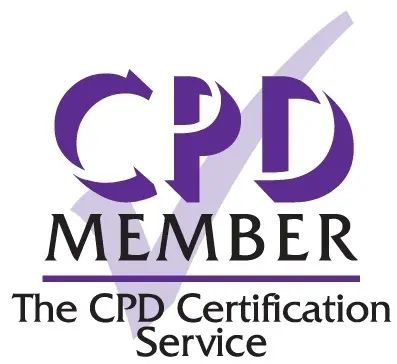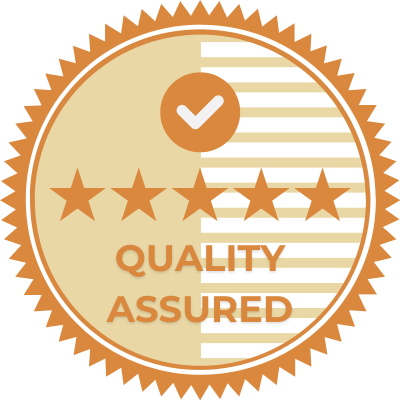When we think about the food industry, it’s easy to focus on the practical, hands-on aspects - chefs at work, servers on the floor, or factory teams managing production. But behind the scenes, a growing number of food professionals spend hours each day working in offices and IT environments, performing essential tasks that keep the operation running smoothly.
From compliance managers reviewing audits, to administrative teams coordinating rotas, training, and supply chains, these roles often involve prolonged use of computers and screens. And with that comes a risk that is too often ignored: Display Screen Equipment (DSE)-related health issues.
What is DSE?
Display Screen Equipment includes computer monitors, laptops, tablets, and even smartphones - any device with a visual display used for extended periods at work. While these tools are essential for modern operations, they can also contribute to discomfort, fatigue, and long-term health problems when used incorrectly.
Why it matters in the food industry
In a fast-paced sector like food service or production, where safety, accuracy, and efficiency are crucial, any lapse in attention or wellbeing can have serious consequences. Discomfort from poor workstation setup doesn’t just affect the individual - it can impact wider business performance, compliance, and staff morale.
Health risks of poor DSE use
Without proper setup and awareness, staff who regularly use screens may develop:
- Eye strain: Blurred vision, headaches, and dry eyes from staring at screens without sufficient breaks
- Musculoskeletal pain: Neck, shoulder, back, wrist or hand discomfort caused by poor posture or equipment positioning
- Repetitive strain injuries (RSIs): Particularly from long periods of typing or mouse use without adequate wrist support
- Fatigue and low productivity: Working in an uncomfortable environment can reduce focus and increase errors.
These risks aren’t limited to large corporate offices. They apply just as much to the small office above a restaurant, the backroom of a takeaway, or even a laptop station in a mobile catering business.
Your legal responsibilities as an employer
The Health and Safety (Display Screen Equipment) Regulations 1992 set out clear obligations for employers:
- Carry out workstation risk assessments
- Reduce risks by adjusting furniture, layout, or work practices
- Train staff to use DSE safely
- Encourage breaks or changes in activity
- Provide free eye tests for regular screen users.
Failure to meet these requirements could put your staff’s wellbeing at risk, and leave your business exposed to legal consequences.
Best practice: what a safe workstation looks like
Even small changes can have a big impact. Key elements of a well-arranged DSE setup include:
- A screen placed at eye level, about an arm’s length away
- A chair with back support and adjustable height
- A keyboard and mouse positioned to keep arms relaxed and wrists straight
- Sufficient lighting to reduce glare
- Space to move and change posture regularly
Crucially, staff need to be trained to spot discomfort early and make adjustments where needed.
What can food businesses do?
Many food businesses are now providing basic DSE training to anyone using a computer, laptop or tablet — from compliance officers to supervisors and administrators. This doesn’t just protect employee health; it promotes a safer, more productive workplace.

Take action with our free course
Our Display Screen Equipment (DSE) for Food Industry Staff course is designed for professionals working in admin, compliance, office or IT roles within food businesses.
- Free CPD-certified training
- Takes just 1 hour to complete
- Covers health risks, regulations and practical solutions
- Certificate awarded upon completion.




